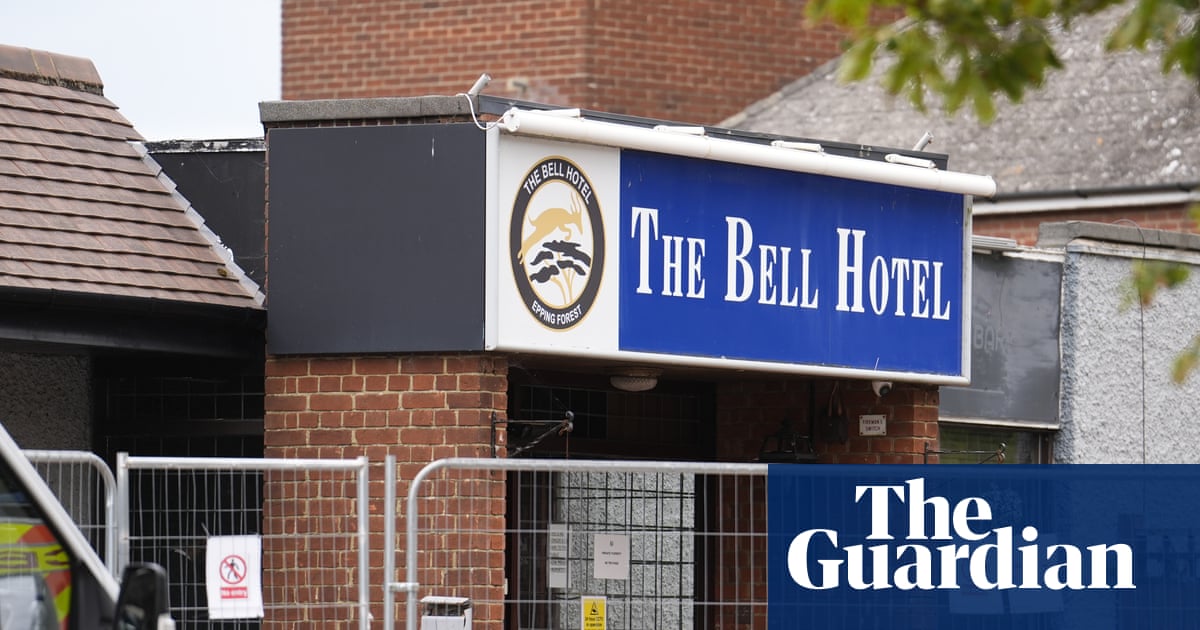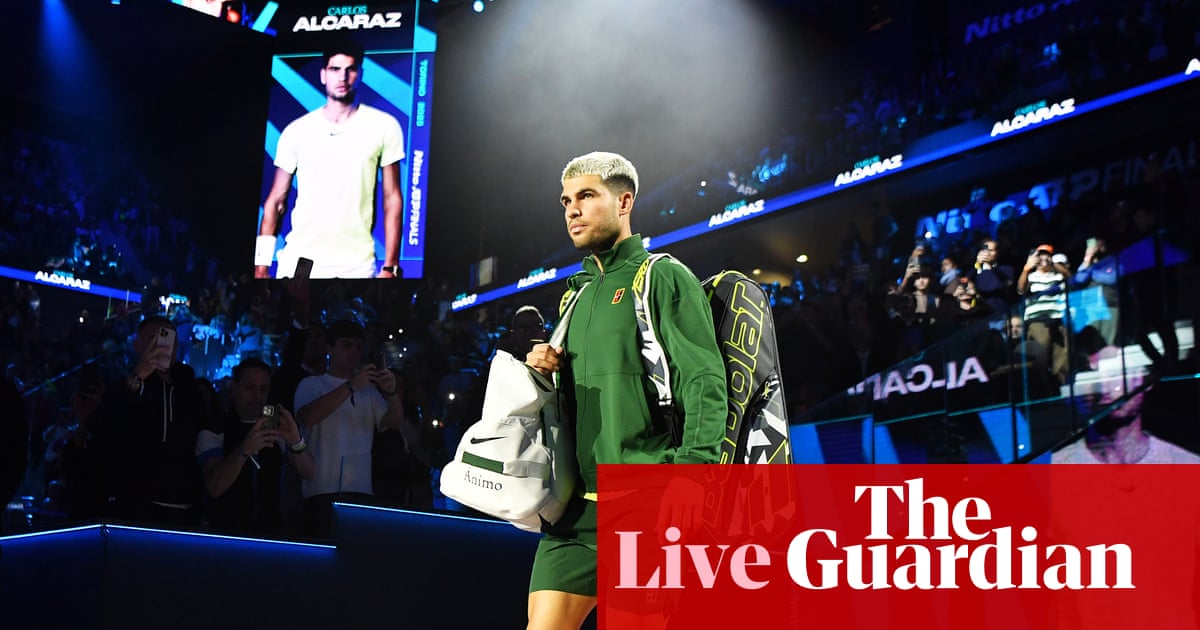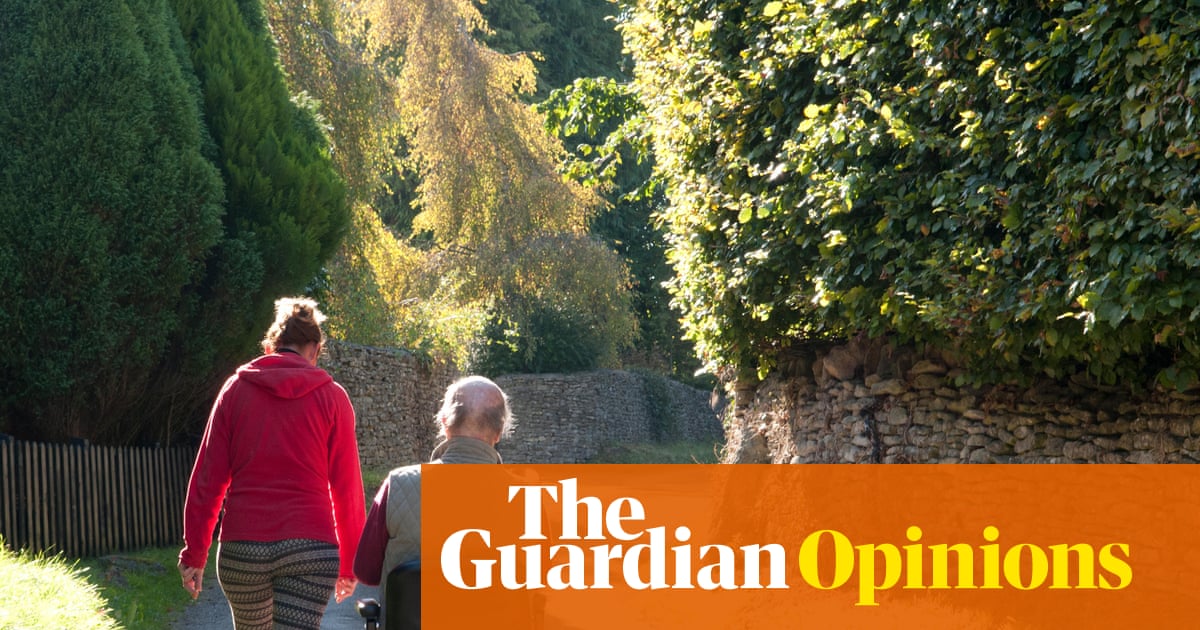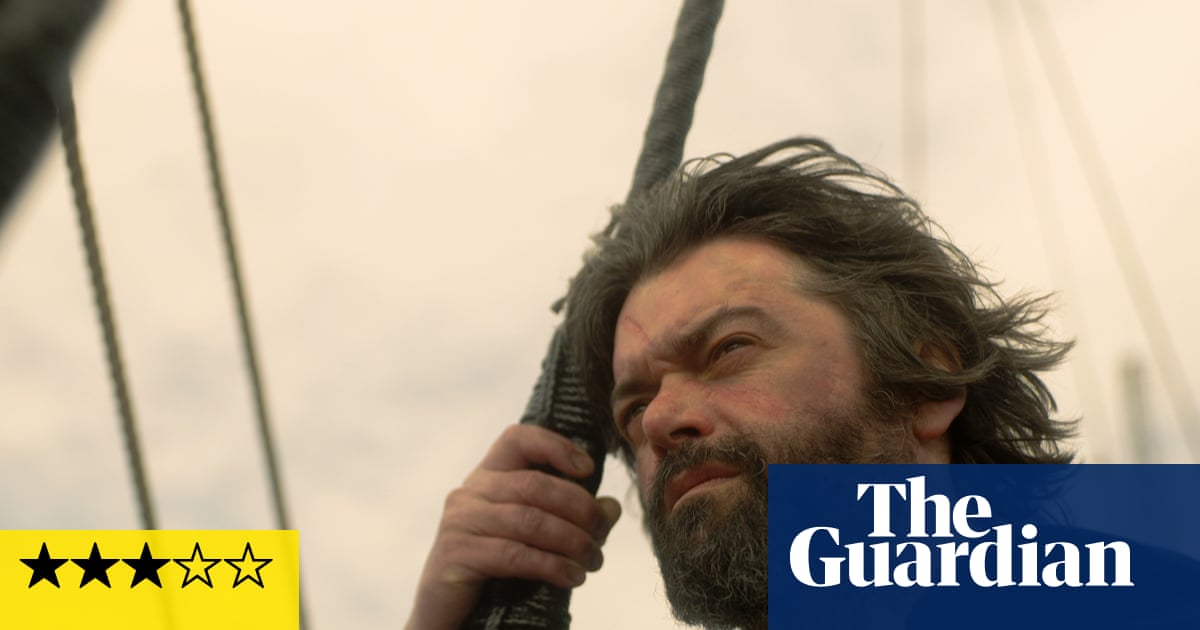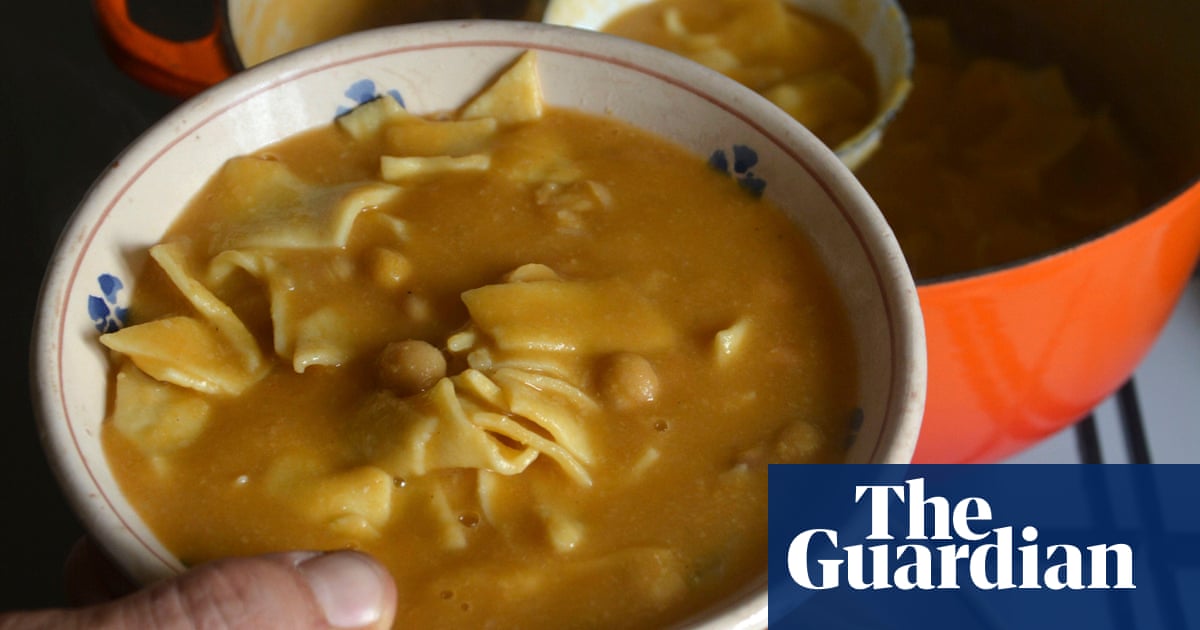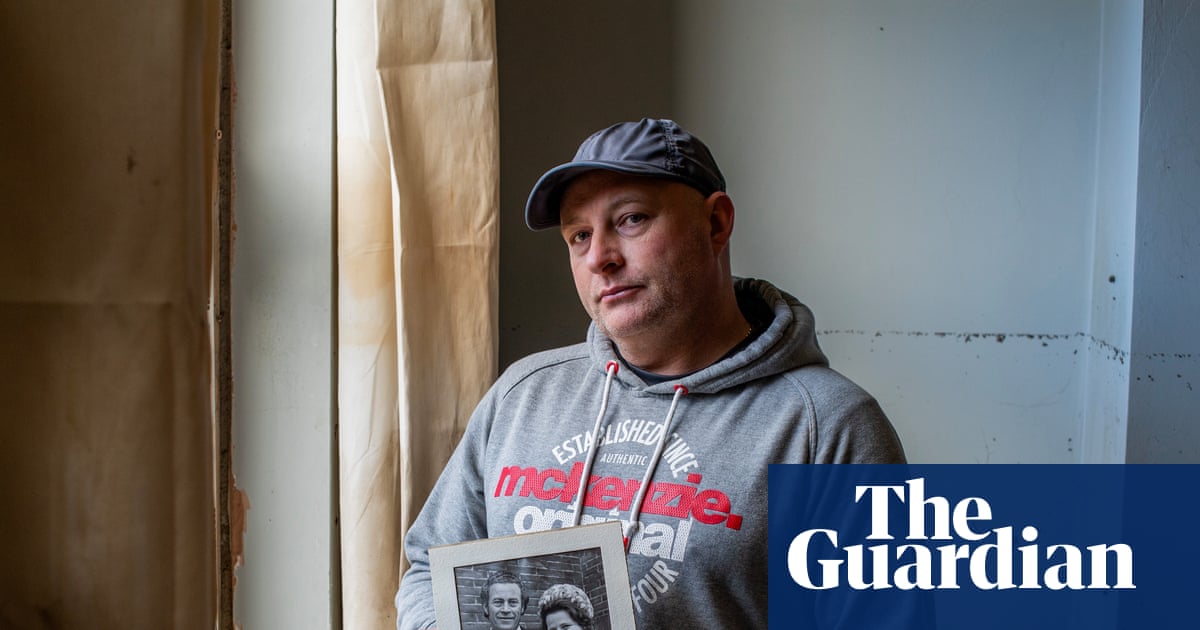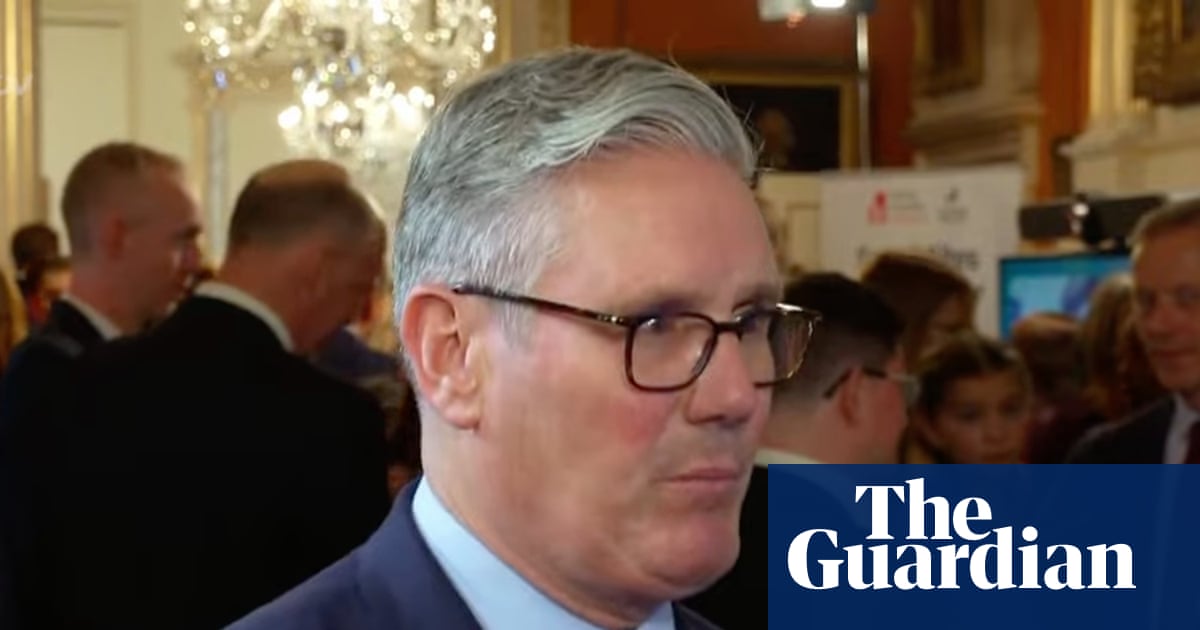No Premier League side had more goalless draws last season than Everton. In recent years, Goodison Park became a fortress of attrition, a place where survival mattered more than spectacle. Four years of relegation scraps drained hope, and “boring” became a label Everton fans could hardly argue with. But, after moving to their new £800m stadium, something shifted.
A 2-0 win over Brighton did not just mark a new chapter in a new home; it felt like a different Everton entirely. Jack Grealish, a summer arrival on loan from Manchester City, and Iliman Ndiaye combined for the stadium’s first goal; the team played with freedom and flair and, for the first time in years, fans left the stadium with a feeling of real hope for the season ahead. Everton’s newfound optimism proved justified in their next game, a five-goal thriller against Wolves. Their 3-2 win at Molineux sent them into the top five in the Premier League.
Everton were bottom of the table last September, having lost their first four league games of the season – their worst start in 66 years. They threw away two-goal leads against Bournemouth and Aston Villa, losing both games 3-2 in defeats that showed their pragmatic setup under Dyche was creaking badly. Even when they did go in front they would drop back and rely on set pieces and long balls, inviting pressure that eventually cracked their resolve.
They struggled for goals, scoring just 15 in their first 19 league games, the second lowest tally in the league. Their expected goals (xG) of 18.33 and goals-per-game of 0.79 marked the club’s lowest attacking output in 13 seasons. They had 63 shots in the first half of the campaign – only Southampton, the bottom club, had fewer.
This wasn’t just a shortcoming confined to last season. Everton have regularly ranked among the lowest scorers in the league in recent years, finishing 17th, 19th, 19th and 13th for goals scored over the past four campaigns. Defensively, they have been more reliable, placing sixth, second, 12th and 12th for clean sheets. But their style has been cautious and conservative, reflected in their possession share: 19th, 18th, 17th and 19th in the league across those four seasons. They were solid enough at the back but blunt and uninspired going forward, making it a hard watch for fans.
After watching the team fail to score in eight of their previous 10 games, the new owners, the Friedkin Group, decided enough was enough and sacked Dyche in January. Their challenge was to find the right manager to take them away from the cycle of boring, survival-driven football and lead them into a new era at Hill Dickinson Stadium. Thomas Frank, noted for his organised, high-pressing, fluid style, and Graham Potter, a proponent of possession-based football, were floated as answers.
In the end, Everton opted for what looked like the safe choice: their former manager David Moyes, whose style was defined by defensive solidity, structured pressing and organisation. His appointment was met with scepticism, with fans fearing more low-scoring, pragmatic football rather than a progressive, attacking approach.
But Moyes has proven the naysayers wrong. Under his management last season the team nearly doubled their goals per game (from 0.79 to 1.42); they increased their expected goals (from 0.96 to 1.35); they took more shots on target per game (from 3.3 to 4); they created more big chances per match (from 1.8 to 2.6); and they dramatically improved their shot conversion rate (from 6.9% to 13.8% – going from the second-worst in the Premier League to one of the best).

This improvement has continued into the new season, with Everton ranking seventh for big chances, fourth for goals per match, eighth for expected goals, second for shot conversion and fourth for expected goals per shot. Everton remain disciplined without the ball, but the real story is how much more dangerous they have become going forward. They are creating a steady stream of quality chances and, crucially, converting them.
Gone are the days of Dyche’s long balls, counterattacks, reliance on physical dominance and crosses into the box. Moyes is allowing his creative players to flourish, leading to more goals and quality chances. Tyler Dibling, Grealish and Kiernan Dewsbury-Hall joined in the summer and Moyes has allowed them to take more risks and show off their attacking flair.
We saw glimpses of it last season in the way he used Ndiaye. The Senegal international is comfortable drifting inside and influencing the game in central areas, so Moyes encouraged him to cut in off the wing rather than staying wide. Vitalii Mykolenko was given freedom to push forward along the flank, taking advantage of space to attack. The freedom paid off as Ndiaye starred in the second half of the season, finishing the campaign with nine goals and an average of 2.5 successful dribbles per 90 minutes. Everton are no longer afraid to commit numbers forward and put their key players in positions where they can make a difference.
This philosophy is already bearing fruit this season. In just two starts, Grealish has registered four assists, already the second-most of any Everton player since the start of last season. Unlike at Manchester City, where maintaining possession was the priority, Grealish has licence to drop deep, get on the ball and play instinctive, fluid football alongside Dewsbury-Hall. The effect is clear in the numbers: against Wolves he completed the most dribbles (five), attempted nine take-ons and had the most touches in the opposition penalty area, directly contributing to all three goals. Against Brighton, he had the most touches in the final third (31) across both teams, the second-most in the box, attempted eight take-ons and assisted both goals.
You only have to look at Everton’s second goal against Wolves to see the impact. Four players combined in the move, each taking fewer than three touches before finding the net with a simple tap-in, the sort of slick, one-touch football Everton fans have not seen in years.
At the same time, Moyes has maintained the hallmark of his previous sides: defensive discipline and compactness. His teams still record some of the lowest possession averages in the league, yet remain among the most effective defensively. Last season, they finished with the fourth-lowest xG conceded and the fifth-fewest goals conceded per game. If Moyes can strike a balance between his trademark solidity and a more modern, direct, risk-taking style of play, Everton could become a formidable side this season and, just as importantly for the fans, an entertaining side to watch. For the first time in years, the home crowd’s roar has been driven not by anxious relief at full time, but by genuine excitement for what’s to come.
This is an article by WhoScored

 2 months ago
48
2 months ago
48
